Self-Myofascial Release
A Balm For Stiff Bodies
WHAT, WHY, HOW ?
Self-myofascial release (SMR) is a technique of self-massage that uses props such as blocks, balls, and foam rollers to work into the web of connective tissues (fascia) that surround, connect, support and separate every cell, tissue and organ in our bodies. Comprising a single network that reaches through us from head to toe, healthy fascia ensures that our muscles, bones, ligaments and tendons are correctly aligned and bound together whilst allowing these structures to move smoothly and freely over, around and with one another.
As we move and live in our bodies however, portions of our fascia inevitably become overly dense, knotted and rigid. These adhesion's can impede full range and efficiency of movement, resulting in that familiar feeling of tightness, tension, and inflexibility, or even causing chronic pain, discomfort and injury.
Finding that SMR helps to maintain healthy fascia thereby preventing such injuries, The National Academy of Sports Medicine has additionally concluded that myofascial release:
Aids optimal balance between flexibility and strength in muscles
Improves range of motion, flexibility and freedom of movement in the joints
Relieves and relaxes sore, tight, tense and knotted muscles
Enhances circulation to the muscles, aiding recovery.
Our wonderful Yoga Teacher Lynne Fugard has shared six of her tips for easy self-myofascial release at home, using simple props such as the humble tennis ball... The below sequence combines yin yoga poses with just a few of many possible SMR techniques to ease into those spots where we often carry tension. These poses are specifically designed to work into the fascia at the back of our bodies from head to toe, to leave you feeling lithe, relaxed and comfortable in your body. Enjoy!
TRY THIS SEQUENCE
Base of the skull release with a block (2-3 minutes) - Good for: Headaches, before a yoga practice, before sleeping.
Tennis balls under the back (5-10 minutes, or as required) - Good for: Tense shoulders, back pain, after exercise.
Tennis balls in the calves (3-5 mins) - Good for: After exercise, tight calves and hamstrings.
Toe Squat (2-3 mins) - Good for: Flat feet, under-defined arches, over-pronating or over-supinating feet, weak ankles, runners, preventing injury.
Dangling (3-5 mins) - Good for: Back pain, tense shoulders, tight calves and hamstrings, before sleeping, calming the nervous system.
Supported reclined goddess pose (5 mins) - Good for: Relaxation, tense shoulders, enhancing breath capacity, stress-relief.
Please check with your GP or health professional before trying these stretches at home. Especially if you have a pre-existing injury. Always stretch with care and a mindful awareness of your body.
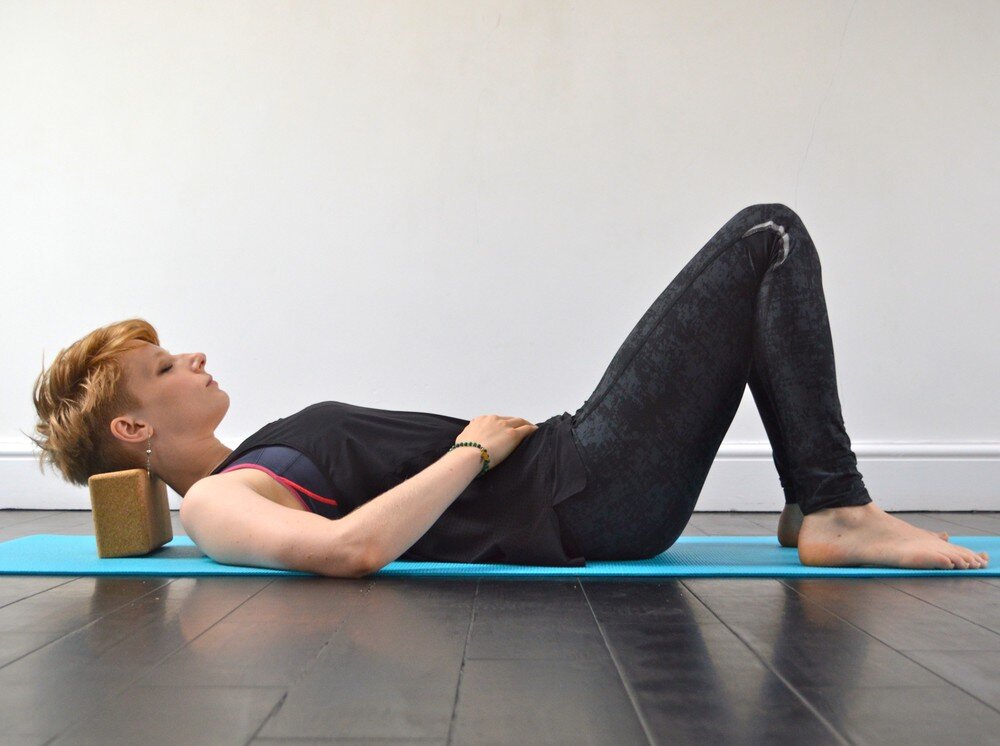
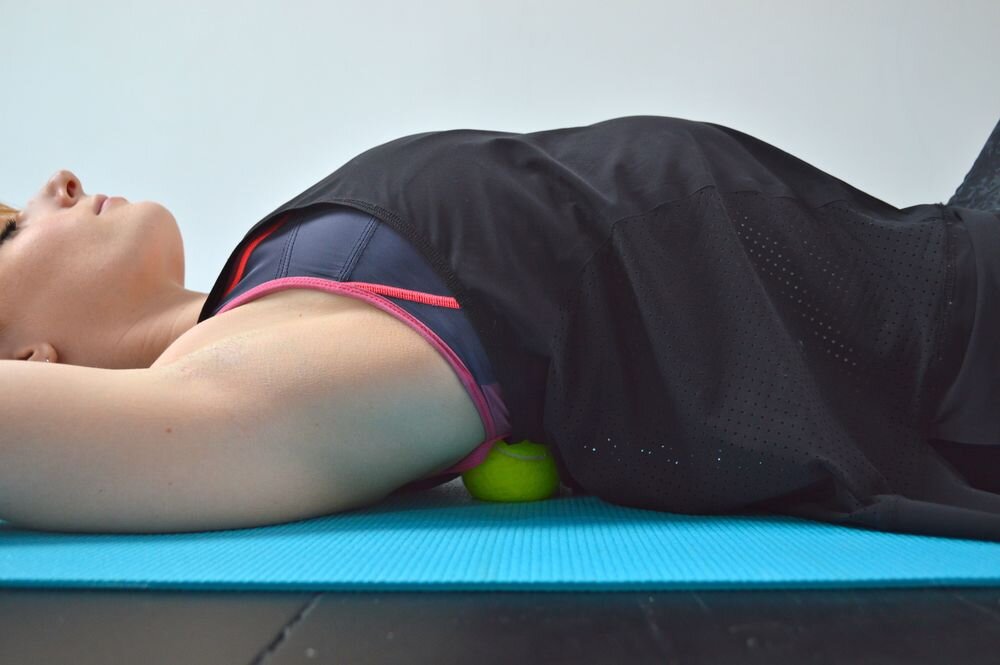
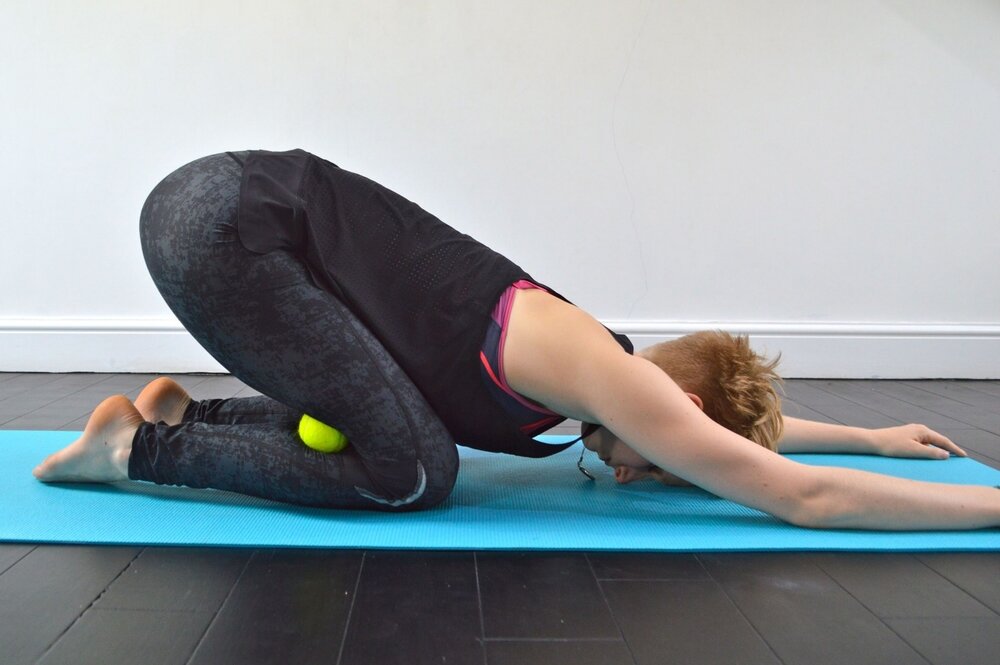
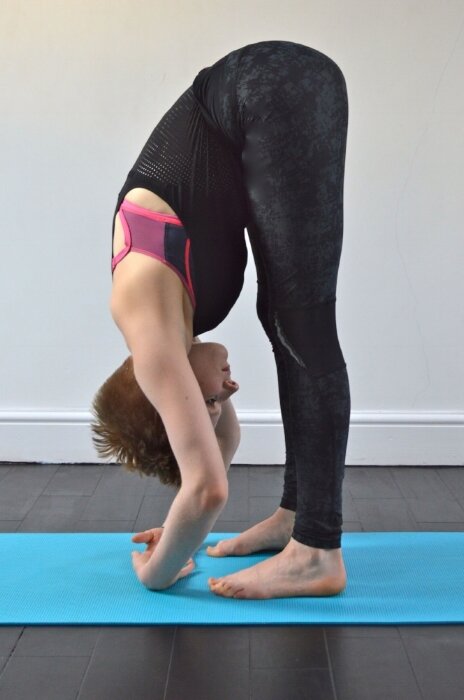
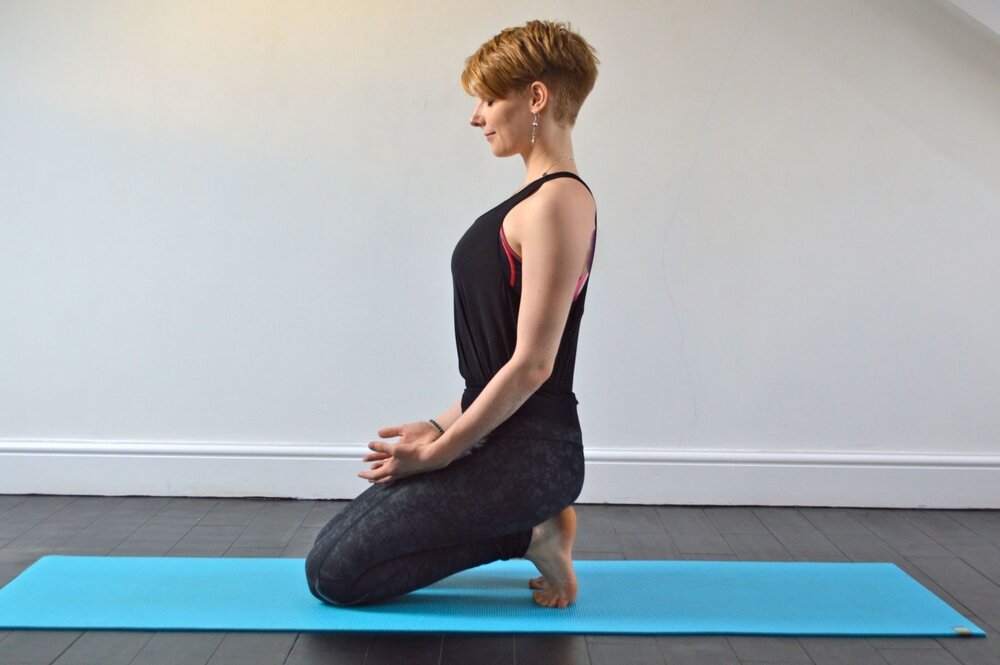
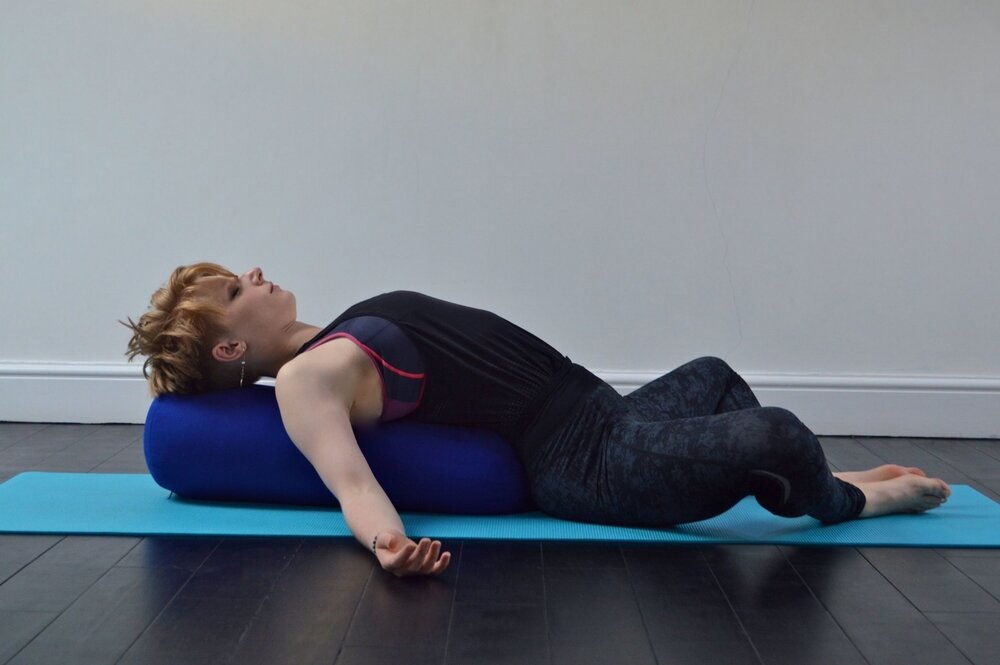
LET US KNOW HOW YOU GET ON? POST YOUR PICS AND TAG @HONOROAKWELLNESSROOMS & @LYNNE_FUGARD
A self-described geek, Lynne came to yoga via studies in music and philosophy and as such her classes aim to empower students to connect, feel and transform. Her laid-back approach, warmth and compassion cultivates a space in which everyone can take whatever they need from their yoga - whether brightening, invigorating, soothing or replenishing - and then take that back out into life.
Lynne enjoys practising and has completed extensive training in vinyasa, mandala, rocket, mindfulness meditation, and yin yoga, and brings aspects of all of these styles to her classes. In 2020, she is also completing further training in pre- and post-natal yoga and baby massage, and plans to commence studies towards a counselling qualification.






